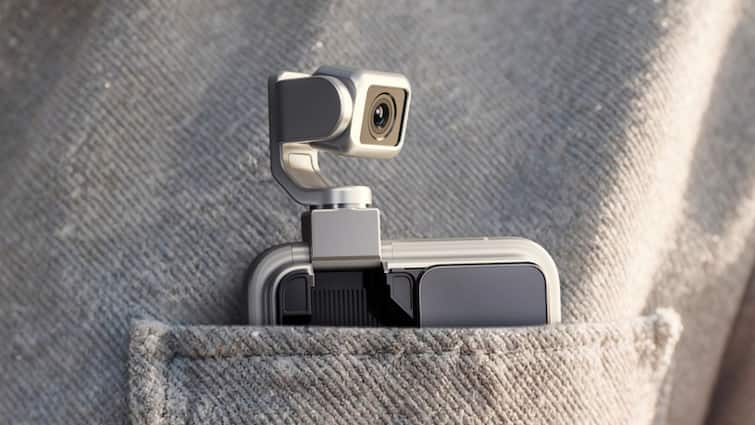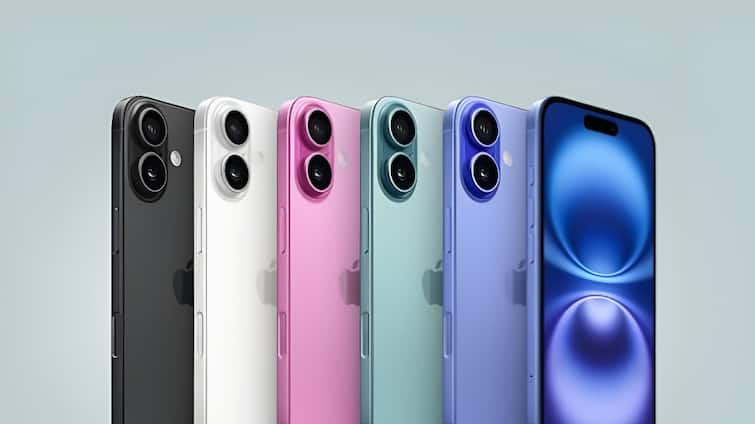Honor has teased its upcoming Robot Phone, signalling a new approach to smartphones. Set to be unveiled at Mobile World Congress (MWC) 2026, the device is designed to combine artificial intelligence, sensing technologies, and human intention to create a more intuitive user experience. The Robot Phone aims to move beyond traditional smartphone functions, focusing on smarter, more adaptive interactions.
Honor and its partners are emphasising that the device could mark the start of a new era in AI-driven mobile technology.
Honor Robot Phone Launch Details
The Honor Robot Phone is expected to be officially revealed at MWC 2026, giving users and industry watchers a first look at how AI could change smartphones.
The teaser suggests that Honor is exploring features that allow the phone to respond to user actions more naturally, rather than just executing commands.
While the company has not shared exact specifications, the focus seems to be on integrating advanced AI and robotics technologies into the device, potentially allowing it to anticipate user needs and simplify everyday interactions.
Honor Robot Phone Features
According to Honor, the Robot Phone is designed to combine AI with human-centred design. It may include advanced imaging, intelligent connectivity, and adaptive user experiences.
The goal is to create a phone that not only responds to instructions but also understands user intentions, making interactions feel more personal and seamless.
Honor emphasises the importance of designing devices that are easy to use while offering intelligent assistance.
The company encourages interested users to register on its website for updates and behind-the-scenes insights leading up to the MWC 2026 unveiling.
With the Honor Robot Phone, the brand appears to be exploring the intersection of artificial intelligence, mobility, and human-focused design.
While details remain limited, the teaser highlights Honor’s intention to push smartphone innovation toward more interactive and adaptive experiences.
The announcement is being closely watched as a potential signal of the next stage in AI-driven mobile technology.


